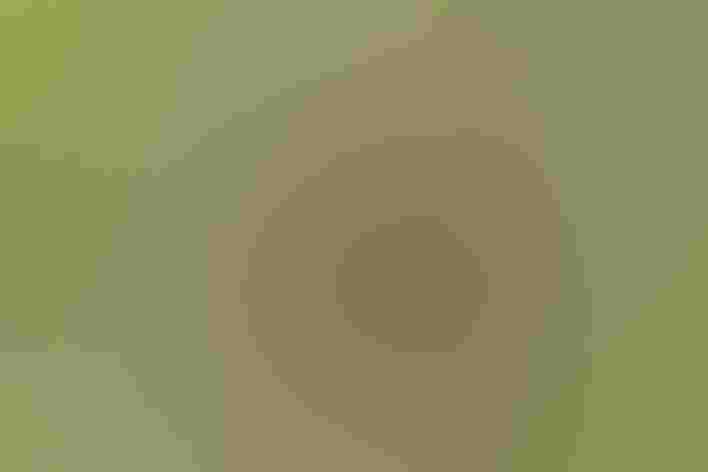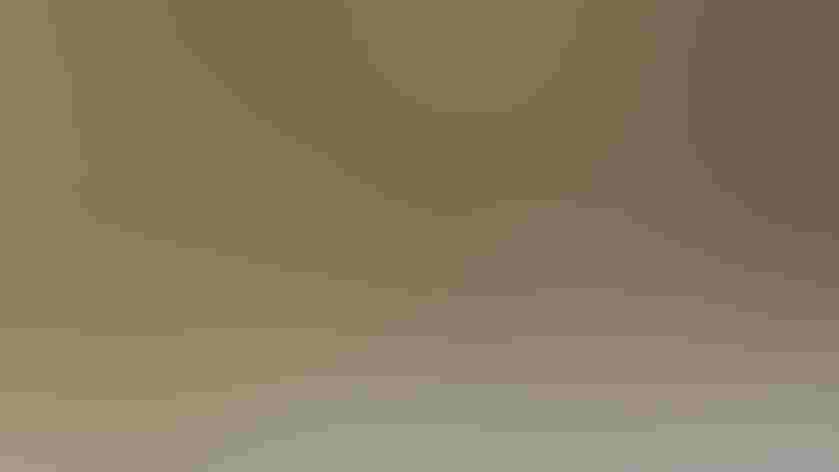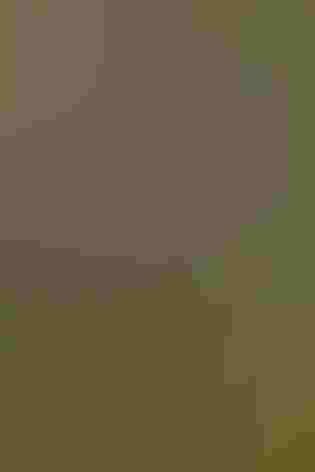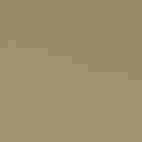Golden-crowned Sparrow
At a Glance
A specialty of the far West is this big sparrow. Golden-crowned Sparrows nest in Alaska and western Canada; in summer, open scrubby areas near treeline there may resound with their sad, minor-key whistles. In fall, the birds move south along the Pacific slope. They are common in winter from Vancouver to San Diego, with flocks foraging on the ground under dense thickets, often mixed with equal numbers of White-crowned Sparrows.
All bird guide text and rangemaps adapted from Lives of North American Birds by Kenn Kaufman© 1996, used by permission of Houghton Mifflin Harcourt Publishing Company. All rights reserved.
Category
New World Sparrows, Perching Birds
IUCN Status
Least Concern
Habitat
Fields, Meadows, and Grasslands, Forests and Woodlands, Freshwater Wetlands, Shrublands, Savannas, and Thickets, Tundra and Boreal Habitats, Urban and Suburban Habitats
Region
Alaska and The North, California, Northwest, Rocky Mountains, Southwest, Western Canada
Behavior
Direct Flight, Flitter, Rapid Wingbeats
Population
7.500.000
Range & Identification
Migration & Range Maps
Apparently migrates at night. Tends to migrate late in fall and early in spring, with biggest numbers on wintering grounds from late October to early April.
Description
6-7" (15-18 cm). Striking black head stripes of summer plumage (surrounding gold crown patch) give way to duller winter pattern; some drab young birds suggest female House Sparrow. Unlike White-crowned Sparrow, bill is mostly dark.
Size
About the size of a Robin, About the size of a Sparrow
Color
Black, Brown, Gray, Tan, White, Yellow
Wing Shape
Broad
Tail Shape
Notched, Rounded, Square-tipped
Songs and Calls
Song consists of 3 descending plaintive notes sounding like oh, dear me. Calls are tseet and chink.
Call Pattern
Undulating
Call Type
Chirp/Chip, Whistle
Habitat
Boreal scrub, spruce; in winter, forest edges, thickets, chaparral, gardens. Breeds in shrubby habitats of North and of high mountains, including willow thickets at edge of dry tundra, stunted spruce near treeline. Winters in many kinds of brushy habitats, from wild chaparral to parks and gardens. Winter habitat like that of White-crowned Sparrow, but tends to be in denser brush.
Sign up for Audubon's newsletter to learn more about birds like the Golden-crowned Sparrow
Behavior
Eggs
3-5. Creamy white to pale greenish, heavily spotted with reddish brown. Incubation is probably by female, and probably lasts 11-12 days. Male may bring food to the female while she is incubating.
Young
Both parents feed the nestlings. Young probably leave nest at about 9 days.
Feeding Behavior
Forages mostly on the ground, under or near dense thickets. Sometimes feeds up in shrubs or low trees. Except when nesting, usually forages in flocks.
Diet
Mostly seeds and insects. Diet in winter is mostly seeds of weeds and grasses, also some other plant material such as buds, flowers, newly sprouted shoots, and berries. Also eats some insects and spiders, probably more so in summer. Young are probably fed mostly insects.
Nesting
Details of nesting behavior are not well known. Male sings from a prominent perch in summer to defend nesting territory. Nest site is usually on the ground, very well hidden under thickets of dwarf willow or other shrubs; typically placed in slight depression, so that rim of nest is nearly level with ground. Rarely placed a couple of feet up in a dense shrub. Nest is a bulky cup of grass, weeds, ferns, leaves, lined with fine grass and sometimes with animal hair.
Conservation
Conservation Status
Still common and widespread.
Climate Threats Facing the Golden-crowned Sparrow
Choose a temperature scenario below to see which threats will affect this species as warming increases. The same climate change-driven threats that put birds at risk will affect other wildlife and people, too.










